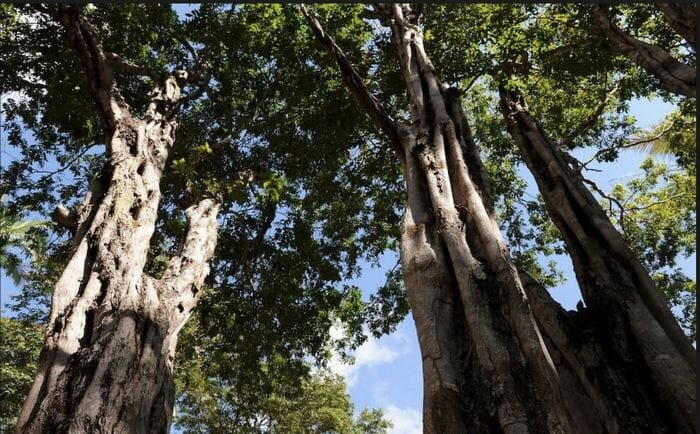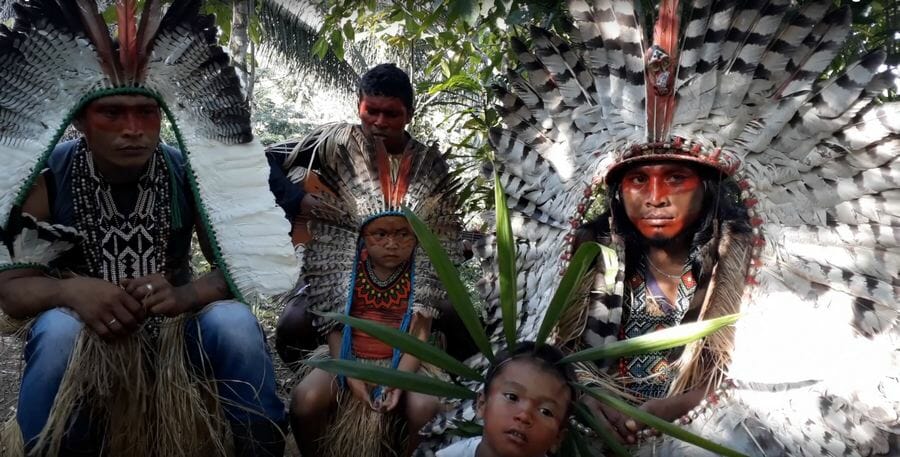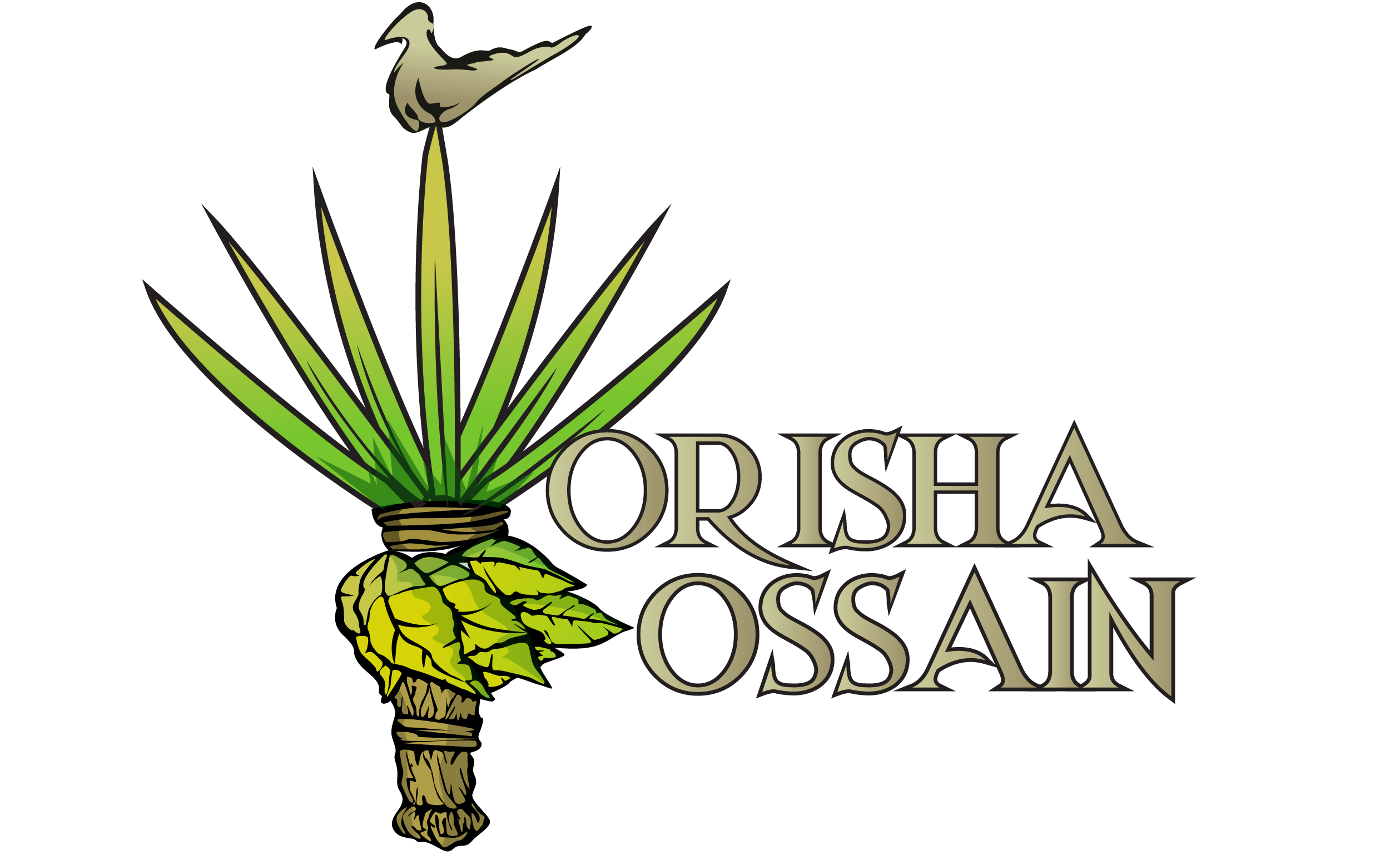Rapé Caneleiro Shanenawa
From: $19.73
After a lot of patience and talking with several friends in Brazil I am now happy to offer this Caneleiro variant from the Shanenewa tribe. I feel blessed to offer this snuff from a very small tribe who makes just a few types of high-quality traditional tribal rapé.
Rapé Caneleiro Shanenawa
Rapé Caneleiro Shanenawa is a prestigious rapé from the Shanenawa tribe and has a nice energetic balance. It has strong but stable initial effects with pleasant sweetish after-tones with little production of phlegm.
The Shanenawa only make a few types of rapé. Two of the tribe’s peoples have been appointed by the chief to make rapé, and continue the tradition. If you are interested in another Shanenawa type (Canela de Velho) please have a look here.
The Caneleiro bark (Cenostigma macrophyllum) produces very good ash. It is not as common as Tsunu but has great effects. To the Indians in Acre, Caneleiro and Canela de Velho are very similar in their properties and treat them in the same way. Still, they are two different but very related trees.
Caneleiro is a plant variety that is smaller and the other is larger. Being from the same family and with the same medicinal properties. This plant works to reduce pain and inflammation in the region of the joints, back pain, osteoarthritis, rheumatoid arthritis, bursitis, rheumatism, blood purification, and much more.
About Cenostigma Macrophyllum
Caneleiro (Cenostigma macrophyllum) is a flowering tree belonging to the Fabaceae/Leguminosae family. It is a tree of great beauty especially when the period of flowering perennials starts. The tree is the symbol of Teresina The first record of this Brazilian species was in Mato Grosso, over 150 years ago. The Caneleiro three grows in the North, Northeast, Midwest, and Southeast of Brazil.
From September to December and from February to July The tree gets covered with clusters of yellow flowers. The flowers are very like orchids and attract many insects and birds with the smell that it spreads. The Caneleiro tree grows from 10 to 20 meters tall.

The History of the Shanenawa
The Shanenawa are a tribe who live in Acre in Brazil in Feijo. They speak Portuguese but the older people and the children tend to speak in their own language Shanenawa. Shane means bluebird and Nawa means foreign people.
They are an ethnic group that lived the same story as many others in Acre due to the rapid occupation of the Amazon due to the extraction and exploitation of rubber. Providing manpower and supplies to the rubber tappers in the region.
” We are the people Shanenawa which means ‘people of the bluebird’. It’s a beautiful bird that flourished and is now endangered. It is for his rarity that we are also rare; That’s why there is only Shanenawa tribe in Acre and there isn’t another one in another place in Brazil.”
In addition, according to the stories told by the Indians, the Shanenawa “fled” from their region of origin, the river Gregory, because of conflicts with the Yawanawa people, which caused them to migrate to the region of the river Envira and to assume the identity of the Katukina in order to “camouflage” themselves and not displease with the Yawanawa once again.
But over the years, the Shanenawa have been reaffirming their original identity. Spread around the outskirts of the municipality of Feijó the Shanenawa have established nine communities. This is the only region where this ethnic group lives in Brazil. Being very close to the city, it suffers the impacts of the influence of non-Indians.

Tepi and Kuripe
Have a look at the collection of Tepi and Kuripe. Various styles from different artists are available.  Tepis receiving blessings from their creators
Tepis receiving blessings from their creators
Handling & Sorting
I sieve this Rapé Caneleiro Shanenawa and all other snuff coming from my shop through a 120-micron high-grade stainless steel mesh. I also store the Rapé stock dry and in vacuum containers to prolong freshness and quality.
This results in.
- an extremely fine powder.
- a guaranteed consistent fineness
- optimal absorption of the snuff





